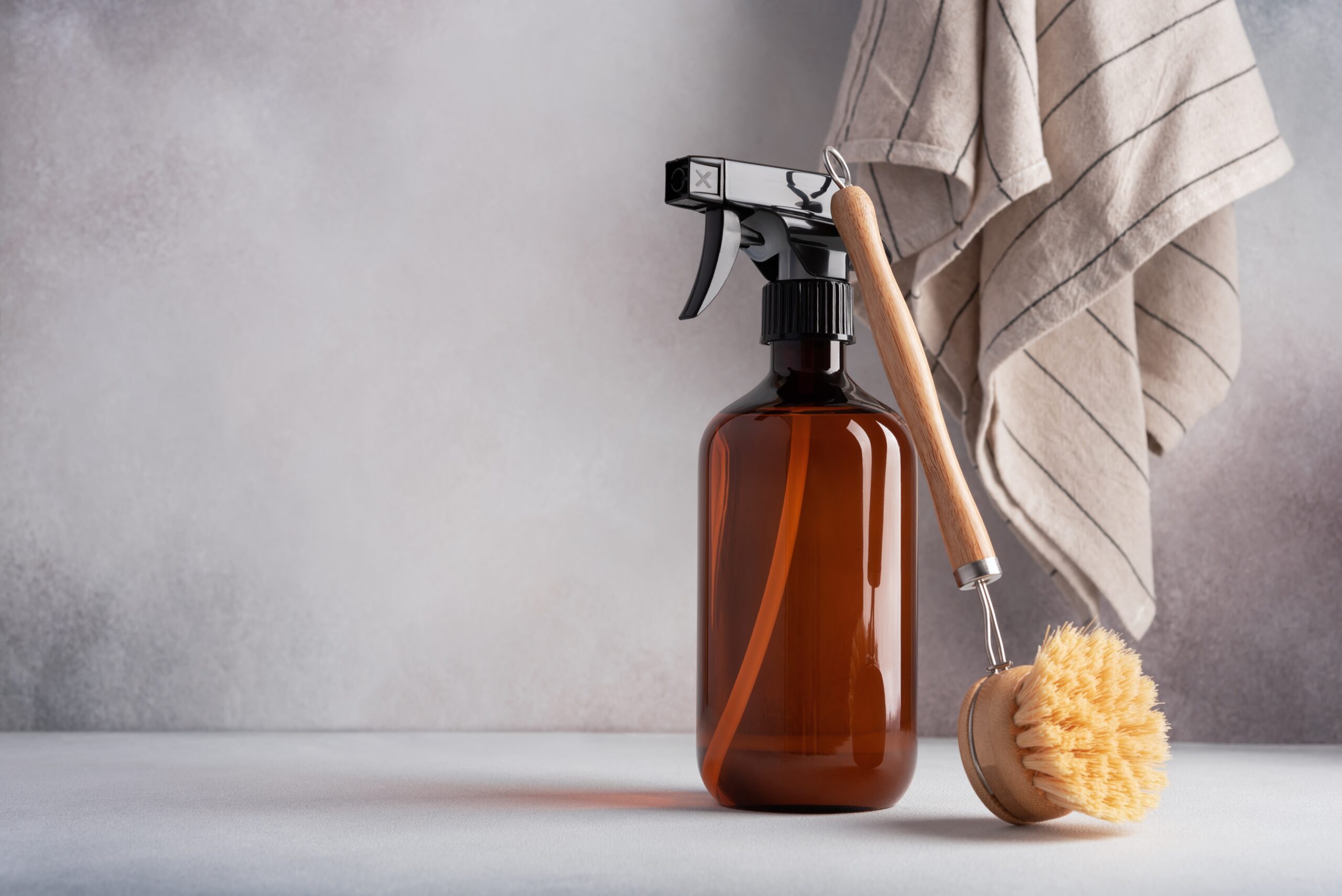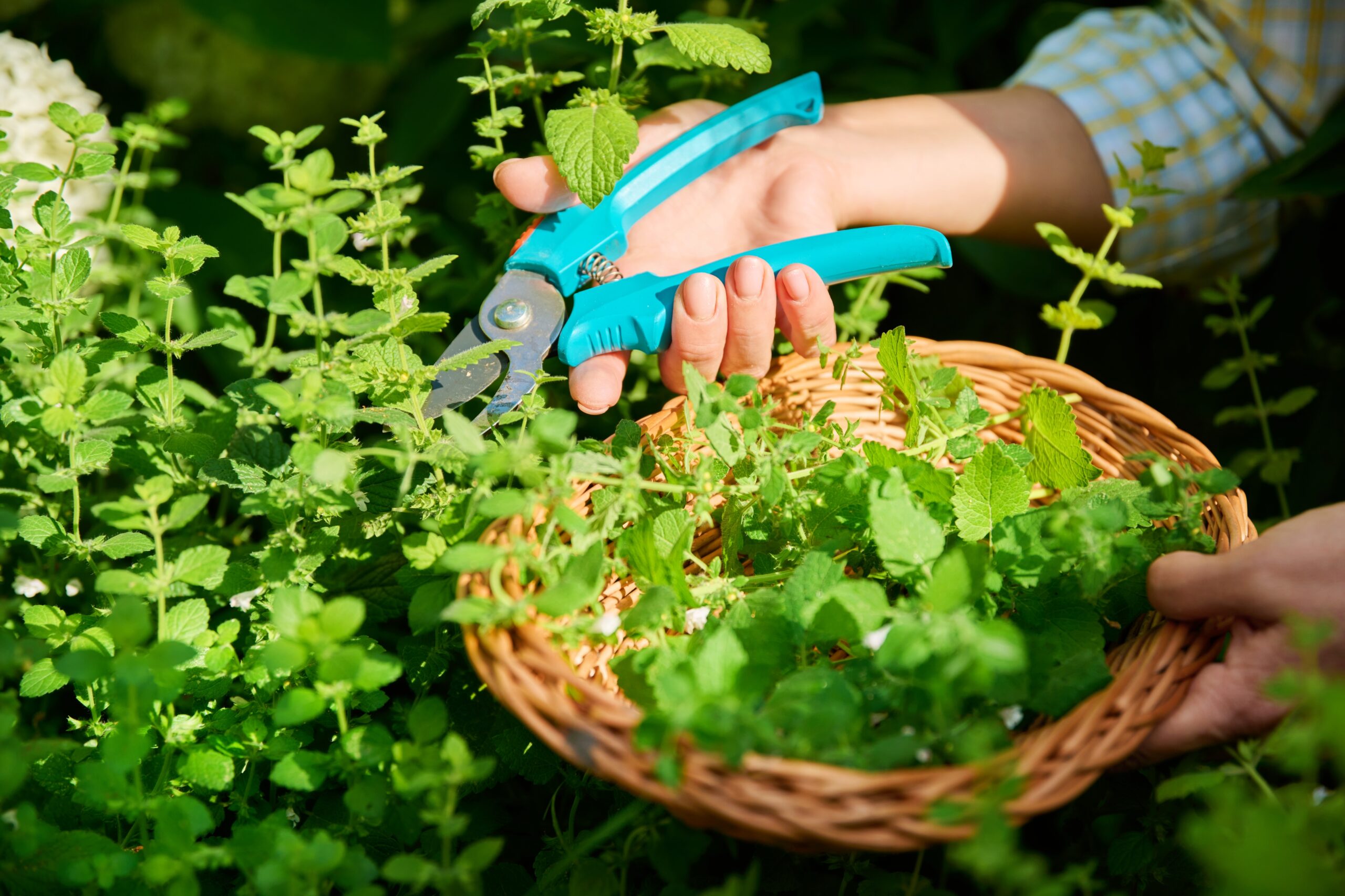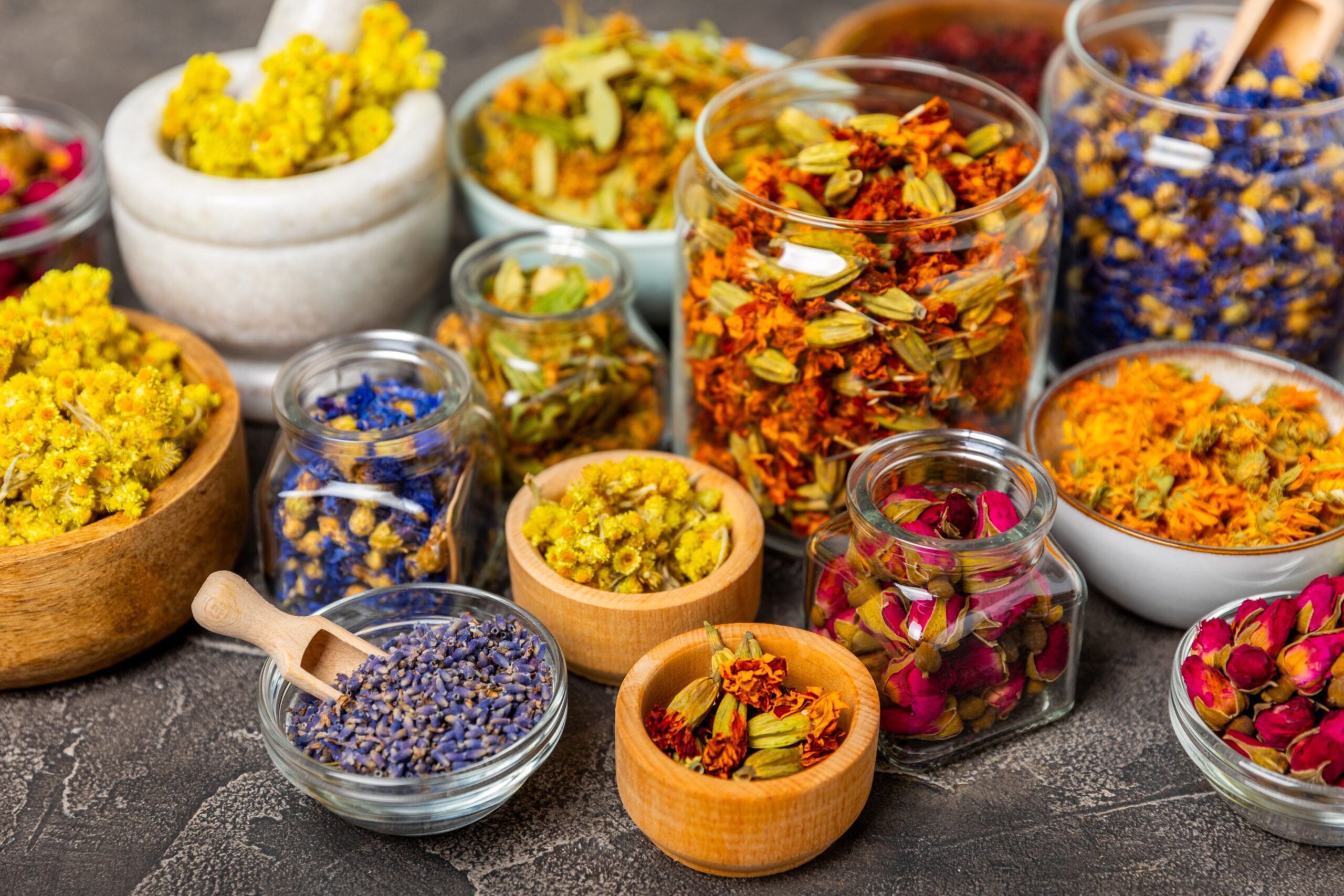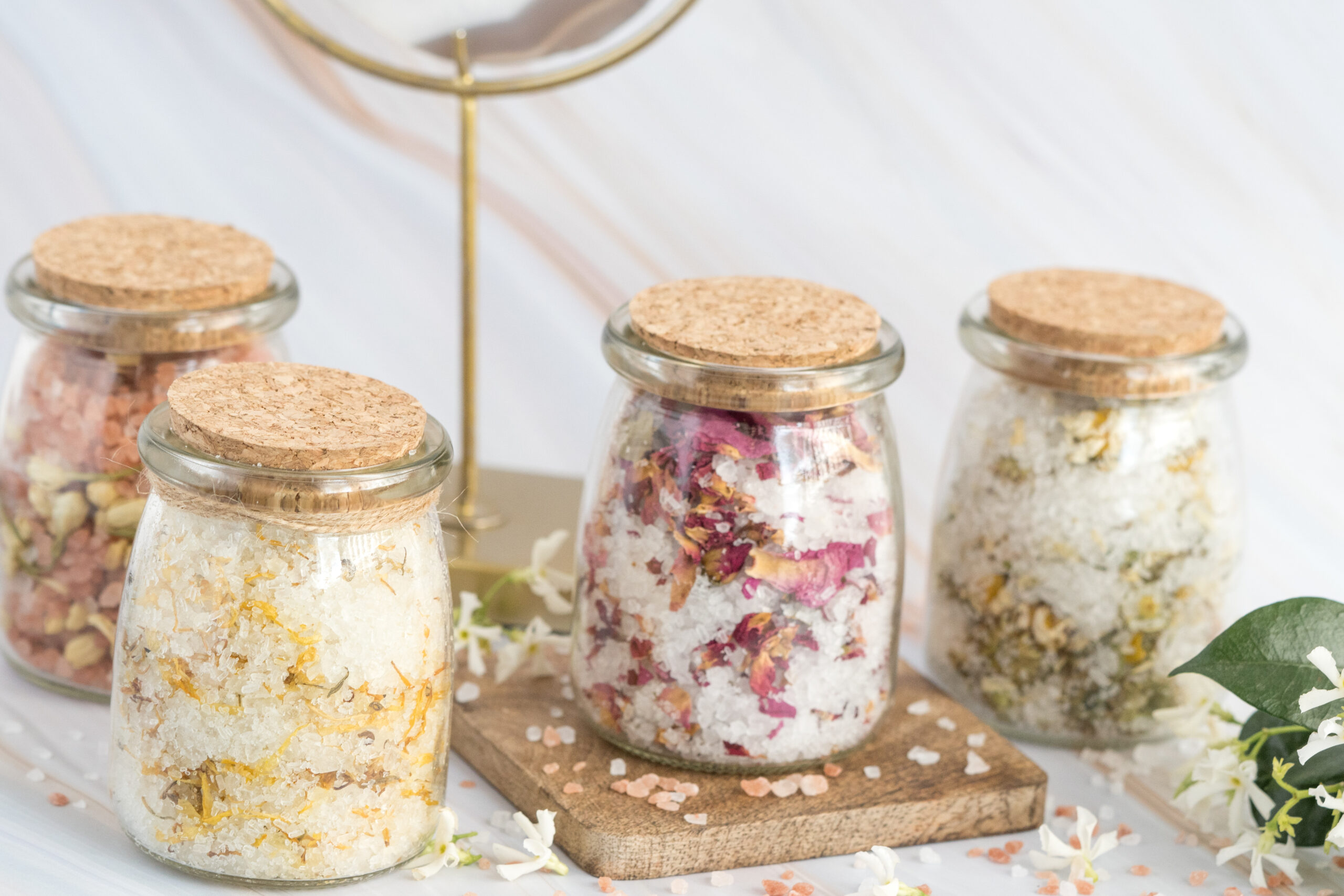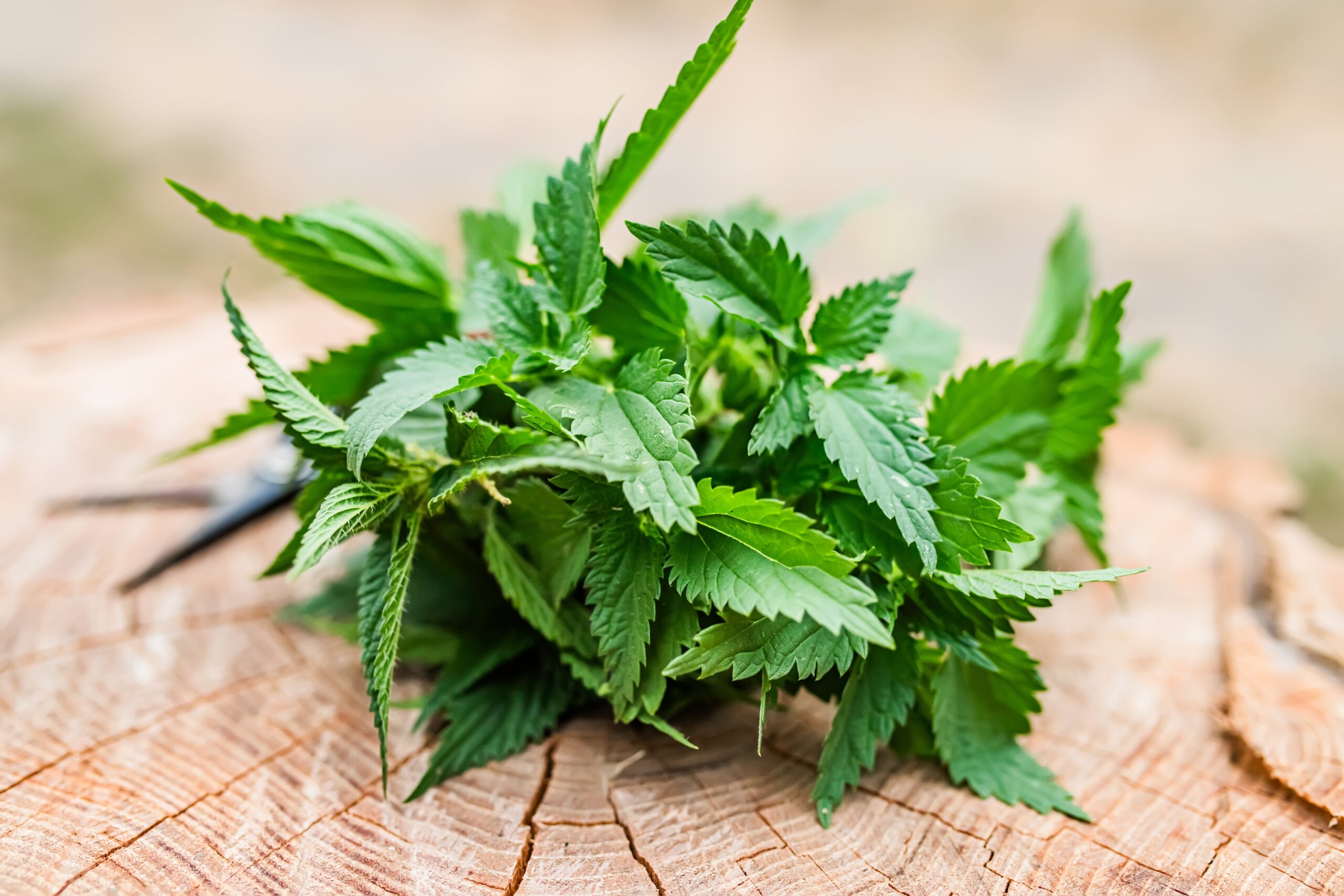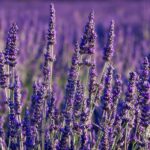Herbalism isn’t just a set of skills—it’s a rhythm, a relationship with nature that unfolds month by month. As the seasons shift, so do our bodies, needs, and the plants that support us. Seasonal herbalism encourages us to work with herbs at their freshest, when their energy is most potent. This guide takes you through each season of the year, highlighting what to harvest, what to make, and how to align your herbal practice with the natural calendar.
Outline
- Introduction
- What Is Seasonal Herbalism?
- Spring: Cleanse and Awaken
- Summer: Cool and Protect
- Autumn: Ground and Prepare
- Winter: Rest and Restore
- Tips for Living Seasonally with Herbs
- Final Thoughts
Introduction
Many herbal traditions—from Ayurveda to Western folk medicine—are deeply rooted in the cycles of nature. Seasonal herbalism is not just about timing harvests correctly; it’s about creating remedies that meet your body’s changing needs throughout the year.
Whether you grow your own herbs, forage wild ones, or buy dried plants, this approach invites you to think like an herbalist—with your hands in the soil and your heart in the seasons.
What Is Seasonal Herbalism?
Seasonal herbalism is the practice of:
- Harvesting herbs at their seasonal peak for potency and flavour
- Creating remedies that match the body’s needs during each season
- Aligning herbal rituals with the rhythms of sun, soil, and sky
It brings together practicality (freshness, effectiveness) with spiritual connection and body awareness. Instead of one-size-fits-all remedies, it encourages intuitive, grounded, season-specific support.
Spring: Cleanse and Awaken
Energetic Themes:
- Detoxification
- Liver and lymphatic support
- Rising energy, allergies, and new growth
Herbs to Harvest or Use:
- Nettle – mineral-rich, supports kidneys and histamine balance
- Dandelion (leaf and root) – liver tonic, bitter for digestion
- Cleavers – lymphatic cleanser
- Chickweed – cooling, soothing, supports metabolism
- Violet – moistening and heart-softening
What to Make:
- Herbal infusions with nettle and dandelion
- Bitters with dandelion root and orange peel
- Vinegar tinctures infused with wild greens
- Fresh herb pestos (nettle, garlic, lemon)
- Allergy support teas with nettle + peppermint + elderflower
Spring tip: Forage responsibly—always check ID, harvest only where safe, and never take more than you need.
Summer: Cool and Protect
Energetic Themes:
- Heat, movement, outward energy
- Skin protection, hydration, stress support
Herbs to Harvest or Use:
- Calendula – skin healer, lymphatic mover
- Lavender – calming, antibacterial
- Lemon balm – nervine and antiviral
- Peppermint – cooling, digestive, energising
- Chamomile – mild sedative, anti-inflammatory
- Rose – cooling, astringent, heart-soothing
What to Make:
- Cooling body sprays with rose or peppermint hydrosol
- Solar infusions for gentle extraction of flower energy
- Herbal oils for sun-stressed skin (e.g. calendula in olive oil)
- Iced tea blends with lemon balm, hibiscus, and mint
- Mood mists with lavender and sweet orange
Summer tip: Pick flowers in the morning when aromatic oils are strongest. Dry quickly in a well-ventilated place out of direct sun.
Autumn: Ground and Prepare
Energetic Themes:
- Transition, digestion, immunity
- Letting go and preparing for inward focus
Herbs to Harvest or Use:
- Elderberries – antiviral, immune tonic
- Hawthorn berries – circulatory and emotional support
- Rosehips – rich in vitamin C
- Thyme – antimicrobial, lung support
- Sage – digestive, hormonal support
- Ginger – warming and anti-inflammatory
What to Make:
- Elderberry syrup for immune prep
- Oxymels (honey + vinegar) with thyme or rosehip
- Cough syrups with thyme, ginger, and honey
- Fire cider for circulation and winter resilience
- Herbal chai blends with warming spices
Autumn tip: Preserve berries and roots now for winter wellness—freeze, dry, or tincture your autumn harvests.
Winter: Rest and Restore
Energetic Themes:
- Stillness, immunity, nourishment
- Rest, inner reflection, deep repair
Herbs to Harvest or Use:
- Ashwagandha – adaptogen for strength and resilience
- Reishi mushroom – immune modulator and stress support
- Licorice root – moistening, supports adrenal and respiratory health
- Cinnamon & clove – warming and antimicrobial
- Mullein – soothes dry lungs and cough
- Marshmallow root – demulcent for dry tissues
What to Make:
- Adaptogen blends with ashwagandha and reishi
- Mullein tea for dry coughs or smoke exposure
- Herbal broths with roots, seaweed, and warming herbs
- Reishi hot cocoa for immune-nourishing comfort
- Chai blends with cinnamon, cardamom, and liquorice root
Winter tip: Focus on decoctions (simmering roots and barks) for the deepest nourishment.
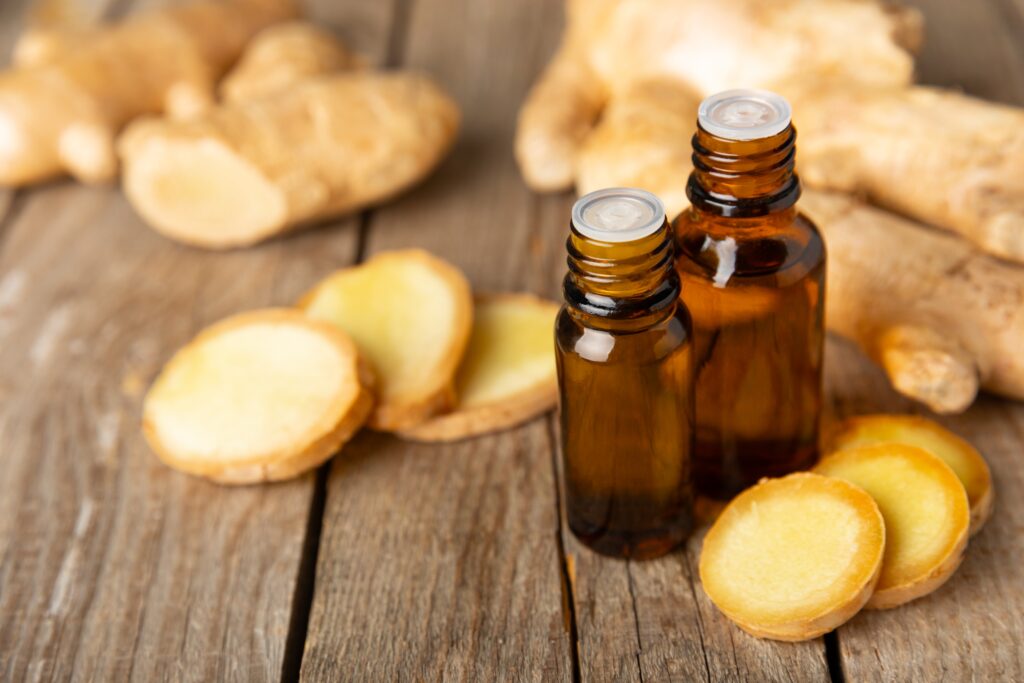
Tips for Living Seasonally with Herbs
Build a Seasonal Apothecary
Stock your home with seasonally relevant remedies. Rotate teas and oils as you move through the year.
Keep a Herbal Journal
Track what you harvest and how you feel each season. Reflect on which herbs support you best at different times.
Grow Your Own
Start with herbs that thrive in your climate. Even a small balcony can hold pots of calendula, thyme, and lemon balm.
Refresh Your Stock Regularly
Use your dried herbs within 1 year for optimal potency. Label everything with harvest or purchase dates.
Forage Responsibly
Learn how to ethically and safely harvest herbs in the wild. Avoid polluted areas and endangered plants.
Final Thoughts
Seasonal herbalism invites you to live in rhythm—with the plants, the earth, and your own body. It teaches patience, presence, and the joy of noticing the small shifts that mark time’s passage.
By harvesting and creating remedies in tune with nature’s calendar, you’re not just supporting your health—you’re reconnecting with something ancient and wise.
Let the seasons be your herbal teacher.


